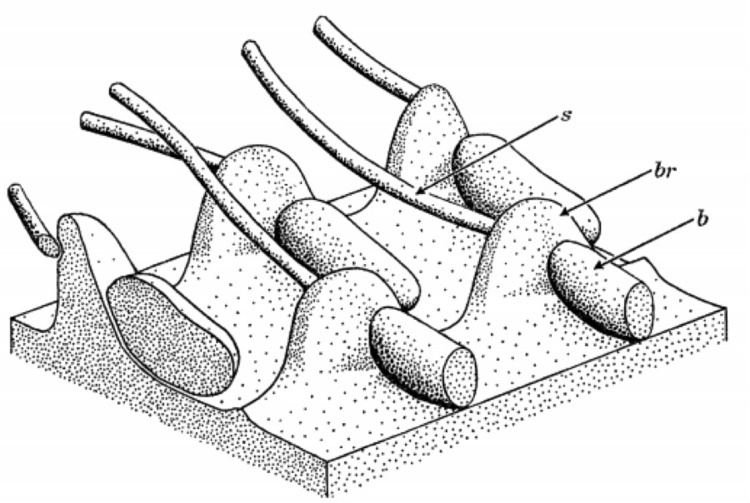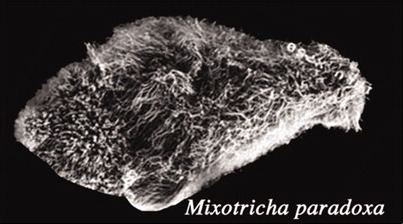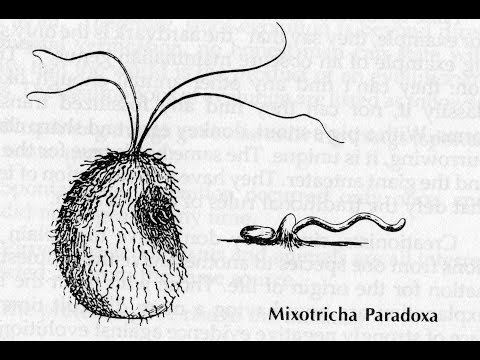Domain Eukaryota Genus Mixotricha Rank Species | Family Devescovinidae Scientific name Mixotricha paradoxa Higher classification Mixotricha Order Trichomonadida | |
 | ||
Similar Mastotermes darwiniensis, Trichomonadida, Hypermastigia, Trichonympha, Oxymonad | ||
Mixotricha paradoxa is a species of protozoan that lives inside the gut of the Australian termite species Mastotermes darwiniensis and has multiple bacterial symbionts. The name, given by the Australian biologist J.L. Sutherland, who first described Mixotricha in 1933, means “the paradoxical being with mixed-up hairs”.
Contents

Symbiosis

Mixotricha forms many symbiotic relationships. Like its relatives, including Trichonympha, it lives in the gut of termites and helps them digest cellulose, a major component of the wood they eat. Without Mixotricha, its host termites could not survive.

Mixotricha forms mutualistic relationships with bacteria living inside the termite as well. There are a total of four species of bacterial symbionts. While Mixotricha has four anterior flagella, it does not use them for locomotion, but more for steering. For locomotion, about 250,000 hairlike Treponema spirochetes, a species of helical bacteria, are attached to the cell surface and provide the cell with cilia-like movements. Mixotricha also has rod-shaped bacteria arranged in an ordered pattern on the surface of the cell; both of these types are ectosymbionts. In addition it has spherical bacteria inside the cell; these endosymbionts function as mitochondria, which Mixotricha lacks. Mixotricha lost their mitochondria but retain both organelles and nuclear genes derived from them. Mitochondrial relics include hydrogenosomes which produce hydrogen and small structures called mitosomes.
Genome

According to Margulis and Sagan (2001), Mixotricha have five genomes, as they form very close symbiotic relationships with four types of bacteria. They consider Mixotricha paradoxa the poster organism for symbiogenesis. Hunt et al. (2001, 2002) also consider it a composite organism with five genomes.
